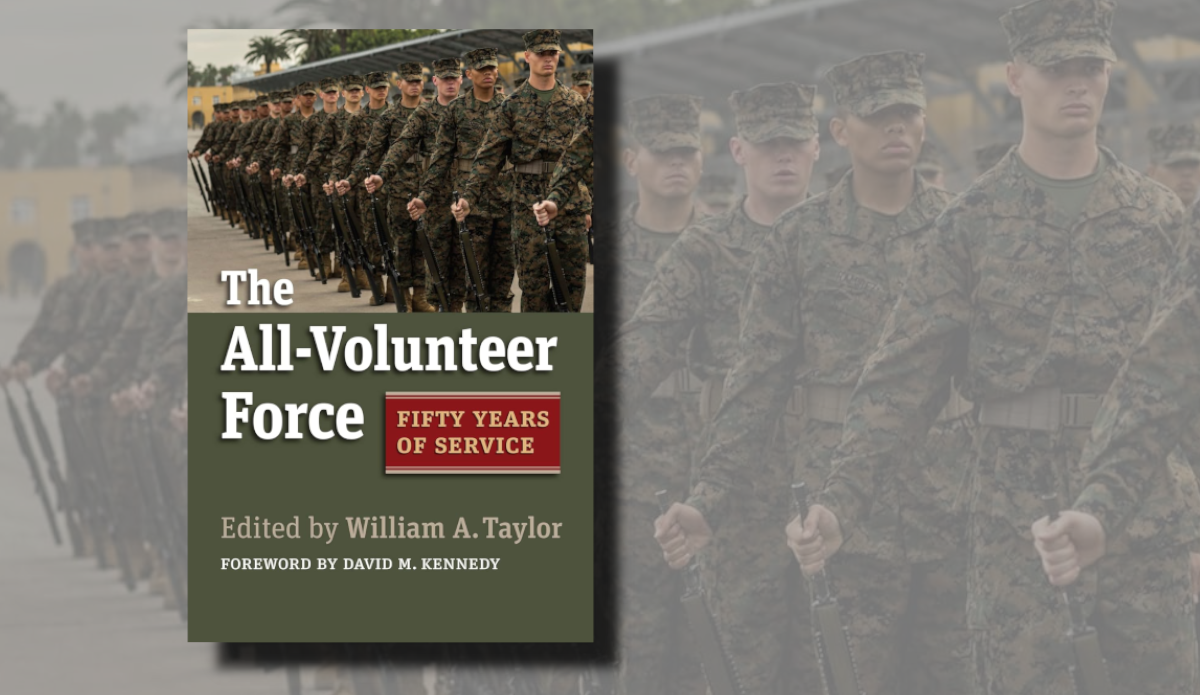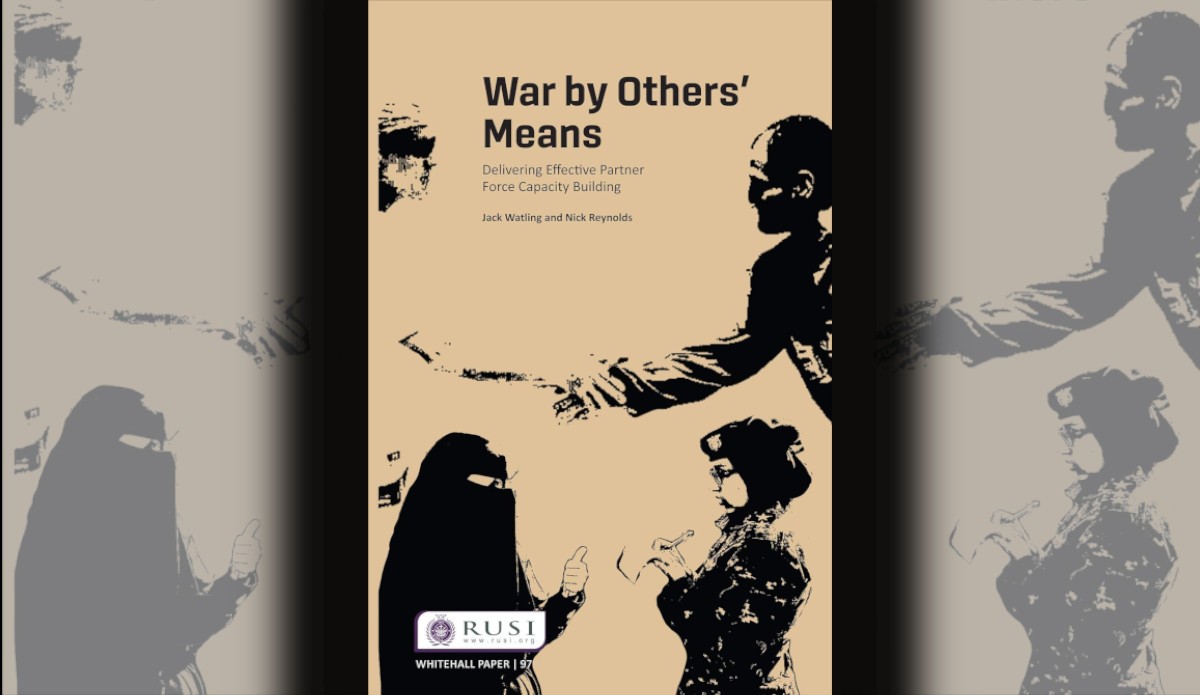Spotlight Brief 3/22
Tactical Observations on the 2022 Russian Invasion of Ukraine
Abstract
This Spotlight Brief examines Russia’s combined-arms approach during its invasion of Ukraine in 2022. To provide context to this study, it discusses the primary Russian tactical unit of action, the Battalion Tactical Group. It subsequently explores a range of observations on the application of combined-arms at the tactical level during the initial phases of the invasion. It concludes by offering a number of deductions pertinent to the Australian Army’s own application of combined-arms.
Introduction
Perhaps the first lesson of war is to learn the right lessons. Unlike other professions which practice their craft continuously, the experience of war for the soldier is intermittent. Therefore, soldiers, and armies, must look to contemporary conflict to understand what lessons these may offer in order to best prepare for the future.[i] Since the start of the Russian invasion of Ukraine on 24 February 2022, there has been much discussion on its conduct and what lessons may be drawn from it, particularly in regard to the application of combined-arms at the tactical level. However, there are inherent difficulties in observing an ongoing conflict from afar which make
it easy to oversimplify or distort events in recent history. This risks drawing premature and speculative conclusions. Thus, for the Australian Army, careful study of the conflict in Ukraine is necessary to help it remain at the forefront of change and maintain a competitive advantage as it prepares for future war.
This article is the third in a series which examines the ongoing Russo-Ukrainian War. The first examined Ukraine’s strategic circumstances in order to provide historical context to the conflict. The second provided an operational overview of the conflict’s initial phases from February through June 2022. With the available open-source information, this article makes a number of observations on the Russian tactical application of combined-arms in Ukraine during the early phases of the invasion. To provide context to these, it first examines the construct and force generation of Russian tactical formations and units, focusing on the Battalion Tactical Group. It subsequently explores five combined-arms aspects, covering: Command and Control, Armour and Infantry, Artillery, Air-Land integration and Sustainment.
[i] Michael Howard, The Use of Military History, Transcript of presentation to the Centre for Defence and Strategic Studies, 22 January 2008, (Canberra, Centre for Defence and Strategic Studies, 2008), p4.
| Attachment | Size |
|---|---|
| Spotlight Brief 3-22_Russo-Ukraine Lessons Learnt (3.9 MB) | 3.9 MB |

Publication Date



